Written By Katie Cohen, BSN, RN, IBCLC
Mastitis: Characterized by pain, swelling, warmth and redness of breasts, fever, and malaise, this might be one of the most dreaded words for any lactating parent. Not only is this spectrum of inflammatory breast conditions painful, but it’s also notorious for becoming a recurrent problem that can seriously impact a family’s breastfeeding journey.
But what if part of the explanation for stubborn, recurrent mastitis is that we’ve been treating it wrong all this time?
That’s the question many lactation consultants are asking themselves after the Academy of Breastfeeding Medicine (ABM) released their new Mastitis Spectrum Protocol earlier this year.
The ABM’s protocols are guidelines for the care of breastfeeding parents and children, and are based on rigorous, peer-reviewed clinical research. Their new findings on mastitis suggest that we had it (at least partially) wrong.
A prime example is the advice commonly given to parents inflicted with mastitis by well-intentioned providers to “nurse, nurse, nurse!” and “pump, pump, pump!” to keep breasts emptied or “massage, massage, massage!” to clear out clogs.
According to the new research referenced by the ABM, following this aspect of the previous mastitis protocol is actually just about the worst thing you can do.
The new research shows that the true cause of mastitis isn’t clogged ducts and the lack of frequent and complete milk removal, as once believed. The real culprits? A narrowing of the milk ducts and congestion and inflammation within the breast that are caused by an imbalance of the breast microbiome (dysbiosis) and/or hyperlactation (also known as “oversupply”).
Due to the supply and demand basis of milk production, frequent emptying and overstimulation of the breasts (AKA: “pump, pump, pump!”) will in fact only exacerbate hyperlactation, increasing congestion within the breasts, and triggering the underlying inflammatory process that leads to mastitis.
With this new information, it’s easy to see how previous recommendations could set into motion vicious cycles of recurrent mastitis. That’s also why it’s vital to get the word out about the new protocol.
With such a significant shift in thinking, some of the recommendations in the new mastitis protocol are almost a complete reversal of the previous prevailing wisdom.
According to the ABM, the priority should be conservative treatment, decreasing inflammation, and correcting dysbiosis. So, how do we do that, and what are the key changes to mastitis treatment in 2022?
First of all, swap out “pump, pump, pump!” for “ice, ice, ice!” The new mastitis treatments are all about decreasing excess stimulation to the breasts and reducing inflammation.
The following table compares treatment recommendations in the new ABM protocol to previous recommendations:
Outdated Protocol:
Current Protocol:
Rationale for change:
Causes
Milk stasis
Bacteria introduced via nipple trauma
Hyperlactation (oversupply)
Dysbiosis (disrupted breast microbiome)
Narrowing of the milk ducts due to inflammation
Current research doesn’t support a causal relationship between milk stasis and/or nipple damage and mastitis
Hyperlactation and dysbiosis cause inflammation and ductal narrowing
Treatment
Frequent nursing / pumping for milk removal
Avoid overstimulation and excessive pumping
Breastfeed on demand and only express milk to comfort
Minimize breast pump and nipple shield use
Frequent milk removal can exacerbate hyperlactation, leading to inflammation and mastitis
Breast pumps and nipple shields don’t allow for the exchange of healthy bacteria between mom and baby, which can be a risk factor for dysbiosis
Improper fit or suction of breast pumps can cause tissue damage and inflammation
Warm compresses prior to feeding/pumping
Ice/cold compresses after feeding/pumping
Warm compresses can increase inflammation, while cold compresses reduce inflammation
Avoid wearing a bra
Wear a supportive and appropriately fitting bra
Lactating breasts require support to prevent swelling and pain
Massage breasts
No deep breast massage
Use gentle lymphatic drainage instead
Deep massage can increase inflammation and edema
Lymphatic drainage reduces inflammation
Saline or epsom salt soaks
No epsom salt soaks
Salt soaks should be avoided, as they can macerate nipple tissue
Use vibrating massagers at home
Don’t use vibrating massagers
Seek therapeutic ultrasound from a trained provider
Therapeutic ultrasound from a skilled provider can relieve edema and reduce inflammation
Self-massage can increase inflammation
Medications
Acetaminophen
Ibuprofen
Acetaminophen
Ibuprofen
Sunflower or soy lecithin
Ibuprofen decreases inflammation
Acetaminophen is not an anti-inflammatory, but can help with pain
Sunflower or soy lecithin emulsifies milk and reduces inflammation
Empiric antibiotics as the first line of treatment
Reserve antibiotics for bacterial mastitis only
Probiotics as prevention and possible treatment of inflammatory mastitis
Milk culture may be useful prior to antibiotic treatment
Inflammatory mastitis often resolves without antibiotic treatment, and antibiotic use can lead to dysbiosis, a risk factor for recurrent mastitis
Talk to your provider about whether the use of antibiotics is appropriate for you
Outdated Protocol:
Milk stasis
Bacteria introduced via nipple trauma
Current Protocol:
Hyperlactation (oversupply)
Dysbiosis (disrupted breast microbiome)
Narrowing of the milk ducts due to inflammation
Rationale for change:
Current research doesn’t support a causal relationship between milk stasis and/or nipple damage and mastitis
Hyperlactation and dysbiosis cause inflammation and ductal narrowing
Outdated Protocol:
Frequent nursing/pumping for milk removal
Current Protocol:
Avoid overstimulation and excessive pumping
Breastfeed on demand and only express milk to comfort
Minimize breast pump and nipple shield use
Rationale for change:
Frequent milk removal can exacerbate hyperlactation, leading to inflammation and mastitis
Breast pumps and nipple shields don’t allow for the exchange of healthy bacteria between mom and baby, which can be a risk factor for dysbiosis
Improper fit or suction of breast pumps can cause tissue damage and inflammation
Outdated Protocol:
Warm compresses prior to feeding/pumping
Current Protocol:
Ice/cold compresses after feeding/pumping
Rationale for change:
Warm compresses can increase inflammation, while cold compresses reduce inflammation
Outdated Protocol:
Avoid wearing a bra
Current Protocol:
Wear a supportive and appropriately fitting bra
Rationale for change:
Lactating breasts require support to prevent swelling and pain
Outdated Protocol:
Massage breasts
Current Protocol:
No deep breast massage
Use gentle lymphatic drainage instead
Rationale for change:
Deep massage can increase inflammation and edema
Lymphatic drainage reduces inflammation
Outdated Protocol:
Saline or epsom salt soaks
Current Protocol:
No epsom salt soaks
Rationale for change:
Salt soaks should be avoided, as they can macerate nipple tissue
Outdated Protocol:
Use vibrating massagers at home
Current Protocol:
Don’t use vibrating massagers
Seek therapeutic ultrasound from a trained provider
Rationale for change:
Therapeutic ultrasound from a skilled provider can relieve edema and reduce inflammation
Self-massage can increase inflammation
Outdated Protocol:
Acetaminophen
Ibuprofen
Current Protocol:
Acetaminophen
Ibuprofen
Sunflower or soy lecithin
Rationale for change:
Ibuprofen decreases inflammation
Acetaminophen is not an anti-inflammatory, but can help with pain
Sunflower or soy lecithin emulsifies milk and reduces inflammation
Outdated Protocol:
Empiric antibiotics as the first line of treatment
Current Protocol:
Reserve antibiotics for bacterial mastitis only
Probiotics as prevention and possible treatment of inflammatory mastitis
Milk culture may be useful prior to antibiotic treatment
Rationale for change:
Inflammatory mastitis often resolves without antibiotic treatment, and antibiotic use can lead to dysbiosis, a risk factor for recurrent mastitis
Talk to your provider about whether the use of antibiotics is appropriate for you
Is your mind blown right now? If you’ve ever been up late scrolling through older guidance and articles on how to handle mastitis, it probably is. Let’s review: according to new research, you don’t need to avoid bras, and you don’t need to massage, soak, and endlessly nurse or pump.
Instead, nurse on demand and pump only to comfort, use ice and an anti-inflammatory medication such as ibuprofen to ease discomfort and reduce inflammation, and consider ditching the antibiotics (in consultation with your provider, of course).
Do you have questions about what the new guidelines mean or how you should use it in your own breastfeeding routine? Schedule a convenient online video visit with a Nest Collaborative lactation consultant.
Mastitis is a common problem, and one you shouldn’t have to struggle with alone. Our experienced IBCLCs are here to help around the clock. We work with patients to offer the latest evidence-based recommendations tailored to your family’s needs. Don’t hesitate to book now.
